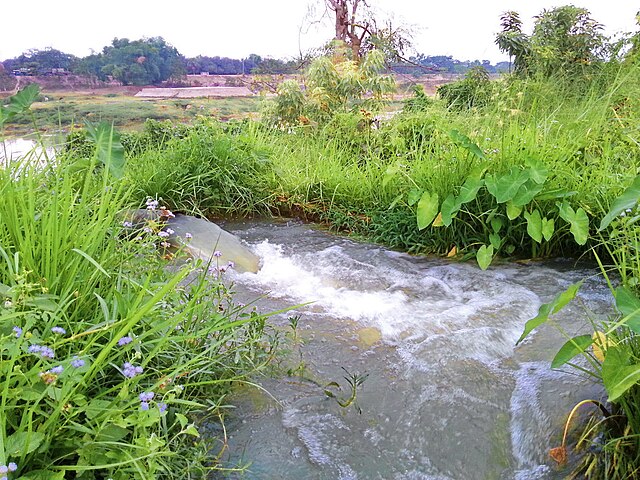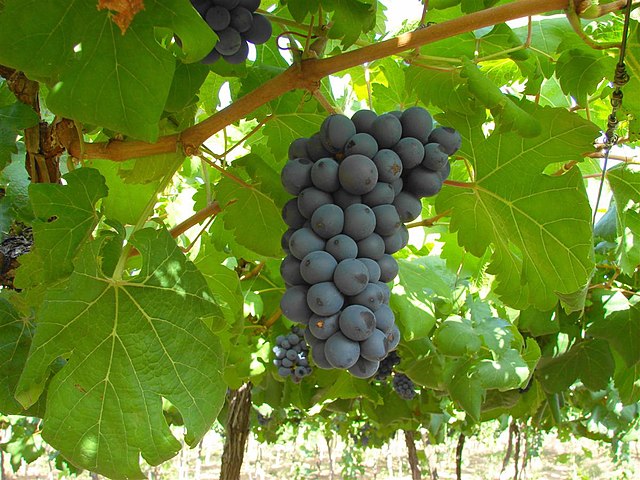Surface irrigation is where water is applied and distributed over the soil surface by gravity. It is by far the most common form of irrigation throughout the world and has been practiced in many areas virtually unchanged for thousands of years.
Furrow irrigation of sugar cane in Australia, 2006
Level basin flood irrigation on wheat
Residential flood irrigation in the Southwest, United States of America.
Furrow irrigation system using siphon tubes
Irrigation is the practice of applying controlled amounts of water to land to help grow crops, landscape plants, and lawns. Irrigation has been a key aspect of agriculture for over 5,000 years and has been developed by many cultures around the world. Irrigation helps to grow crops, maintain landscapes, and revegetate disturbed soils in dry areas and during times of below-average rainfall. In addition to these uses, irrigation is also employed to protect crops from frost, suppress weed growth in grain fields, and prevent soil consolidation. It is also used to cool livestock, reduce dust, dispose of sewage, and support mining operations. Drainage, which involves the removal of surface and sub-surface water from a given location, is often studied in conjunction with irrigation.
Irrigation of agricultural fields in Andalusia, Spain. Irrigation canal on the left.
Traditional irrigation channel in Switzerland, collecting water from the high Alps
Irrigation is underway by pump-enabled extraction directly from the Gumti, seen in the background, in Comilla, Bangladesh.
Grapes in Petrolina, Brazil only made possible in this semi arid area by drip irrigation








